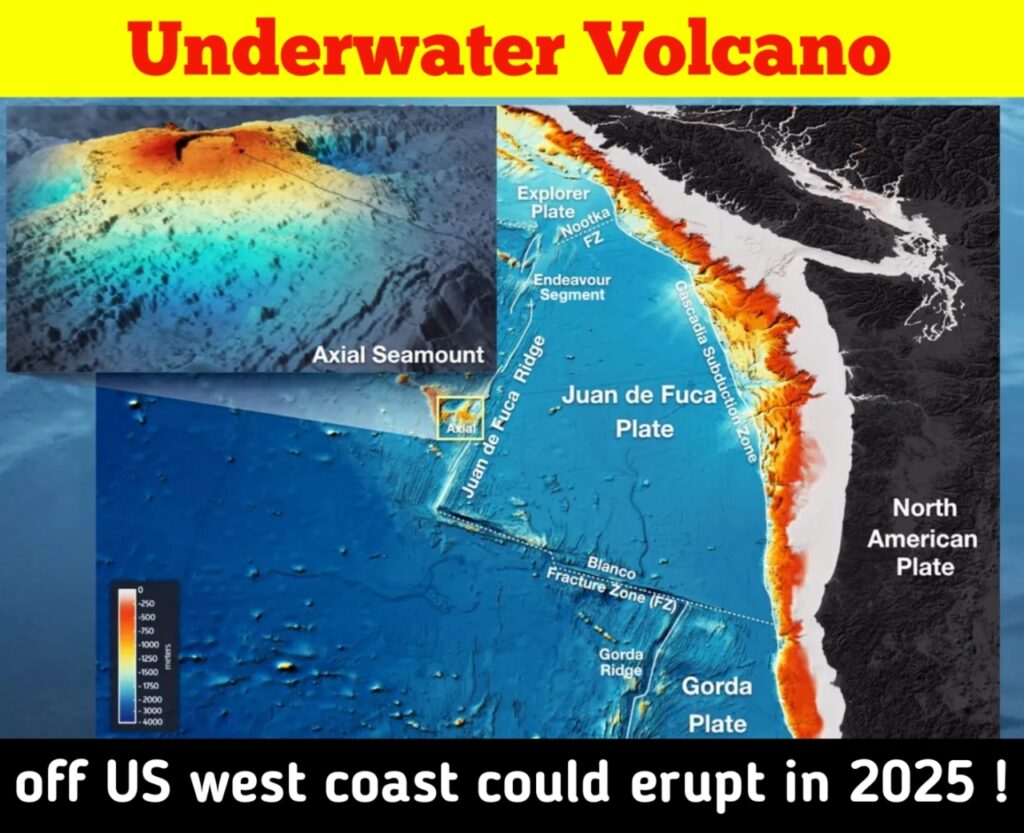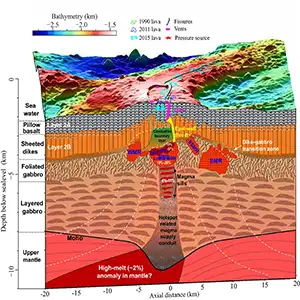
Axial Seamount, located beneath the Pacific Ocean about 300 miles off the U.S. coast, has been closely monitored by scientists since 1997. They use ocean floor pressure sensors to track its activity.
Data reveals that the volcano has been steadily inflating, with variations in the swelling rate suggesting an impending eruption. Its behavior has drawn significant scientific interest due to its consistent pattern of erupting after reaching a specific level of inflation.
From 2015 to 2023, the volcano’s swelling rate slowed but accelerated again in late 2023. By mid-2024, the inflation rate reached 10 inches per year, accompanied by a sharp increase in daily earthquakes, climbing into the hundreds.
Mark Zumberge, a geophysicist at the Scripps Institution of Oceanography, described Axial Seamount as “the most well-instrumented submarine volcano on the planet.” Using advanced pressure sensors and AI-driven analysis, researchers monitor shifts in earthquake patterns. William Chadwick of Oregon State University highlighted a 2015 eruption forecast as one of their “best forecasting successes.”
